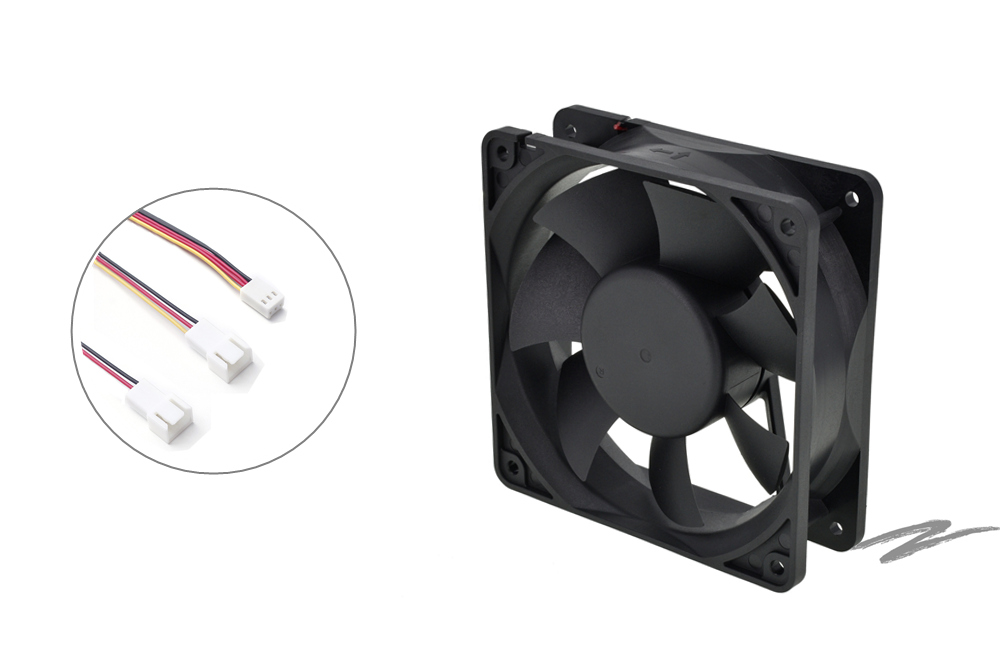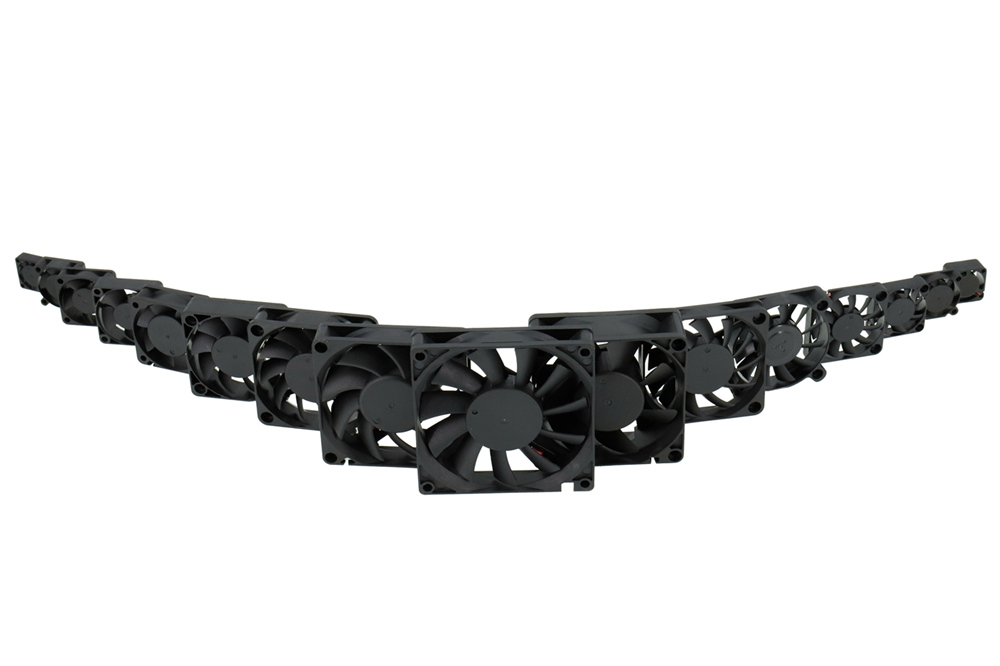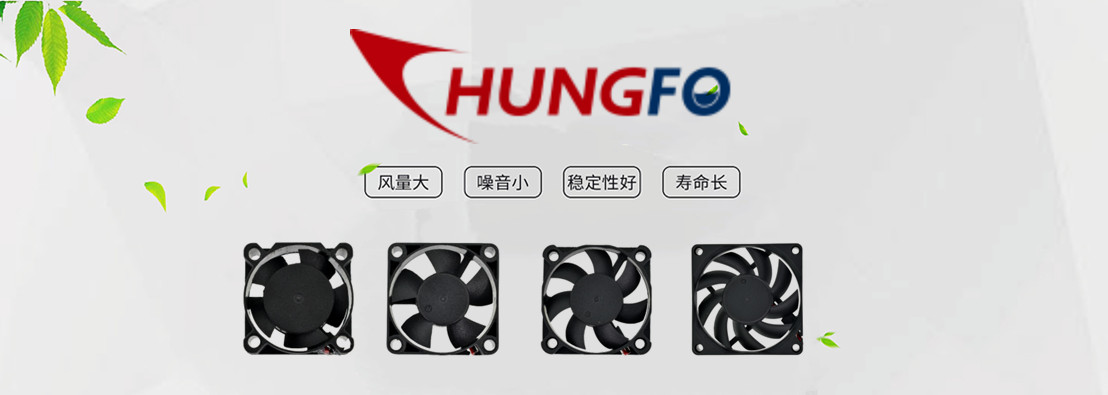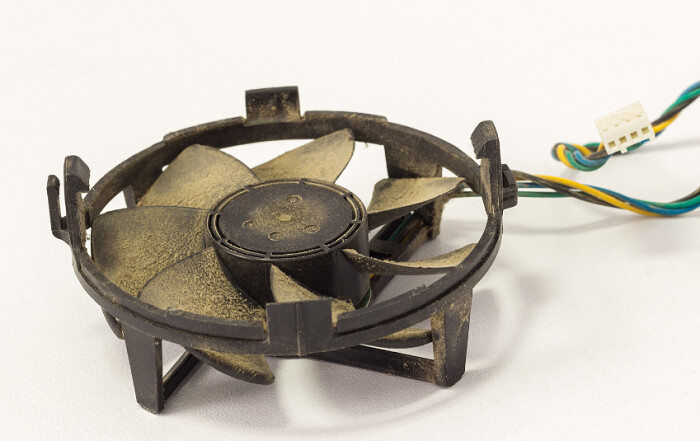Cooling fan - Speed control systems
Brushless DC (BLDC) fans are the most common type used to cool electronic equipment. Many cooling fans now have additional functions which provide greater control the fan speed and operation, thus improving the system performance. Having a fan run constantly even when maximum cooling is not required, does not result in an efficient system and can reduce the service life of a fan. If the average speed of the fan is reduced to 50% of its rated maximum speed, its service life can be approximately doubled, thus improving the reliability and availability of the whole system and reducing the maintenance costs.
Fan speed controller ICs are available for use in designing forced-air thermal management systems. Besides simple fan speed control, those ICs can include several important functions, such as detecting fan failure and closed-loop fan speed control for improved system performance. Cooling fan speed control options include:
Auto-restart
If the fan can't start due to obstacles, this may cause thermal lag problems or failure conditions. To solve this problem, most modern DC cooling fans feature auto-restart protection, which can detect when the fan motor is prevented from rotating and automatically cut off the driving current.
Tachometer Signal
Cooling fan motor and sensor for the tachometer share the same supply voltage. The tachometer signal can also detect fan failure or identify an impending failure of the fan. Detects rotational speed of cooling fan motor and provides a pulsed output. If motor stops, output stops pulsing and stays at logic high or low.
3-wire fans have a locked-rotor signal in place of the tachometer output. The locked-rotor signal indicates when the fan stops spinning but does not provide the tachometer’s detailed speed information of a tachometer.
Rotation Detector
Doubles as a lock sensor where output remains at logic low during normal operation, but is driven to logic high if fan motor stops.
PWM Control Signal
4-wire fans have all of the connections of 3-wire fans and add a PWM speed-control input and provide the ability to control the speed of the fan. Instead of modulating the power to the fan, the PWM input is used to control fan speed. That means that the power to the fan is continuously available, making the tachometer output continuously available. Duty cycle of this input determines speed of fan’s rotation, relationship between duty cycle, and whether fan’s speed is linear.
4-wire PWM cooling fans can be operated at frequencies above the audible frequency range, eliminating audible noise. The recommended PWM frequency for these fans is typically between 15kHz and 30kHz, but some can operate as high as 100kHz. The PWM speed-control input is usually compatible with 3.3V or 5.0V logic.
When used with a microcontroller one can create a sophisticated thermal management solution used to adapt to system conditions and provide more efficient operation.



